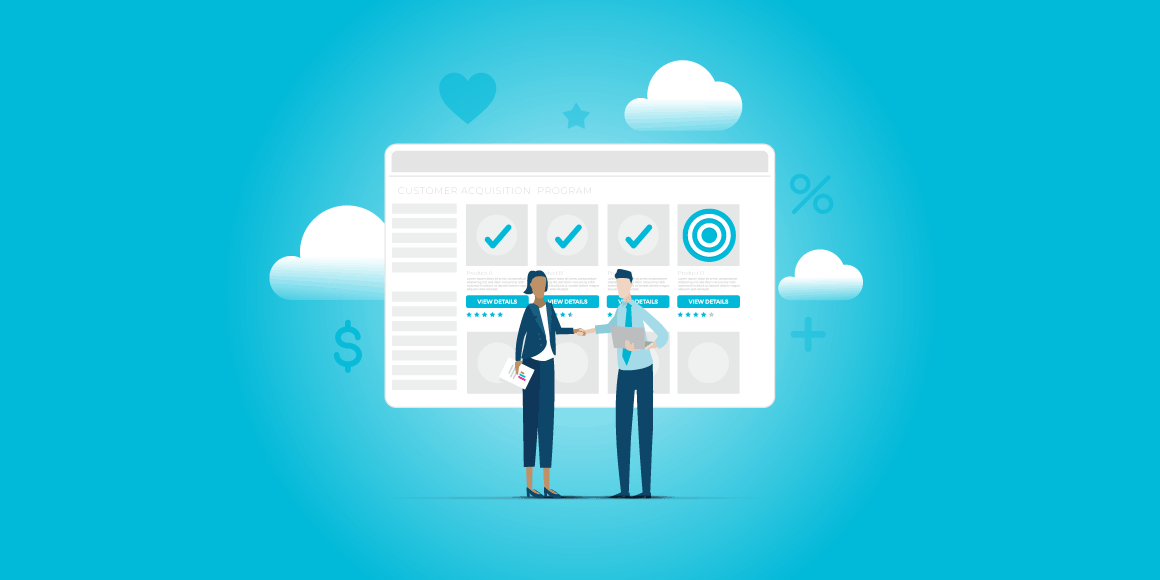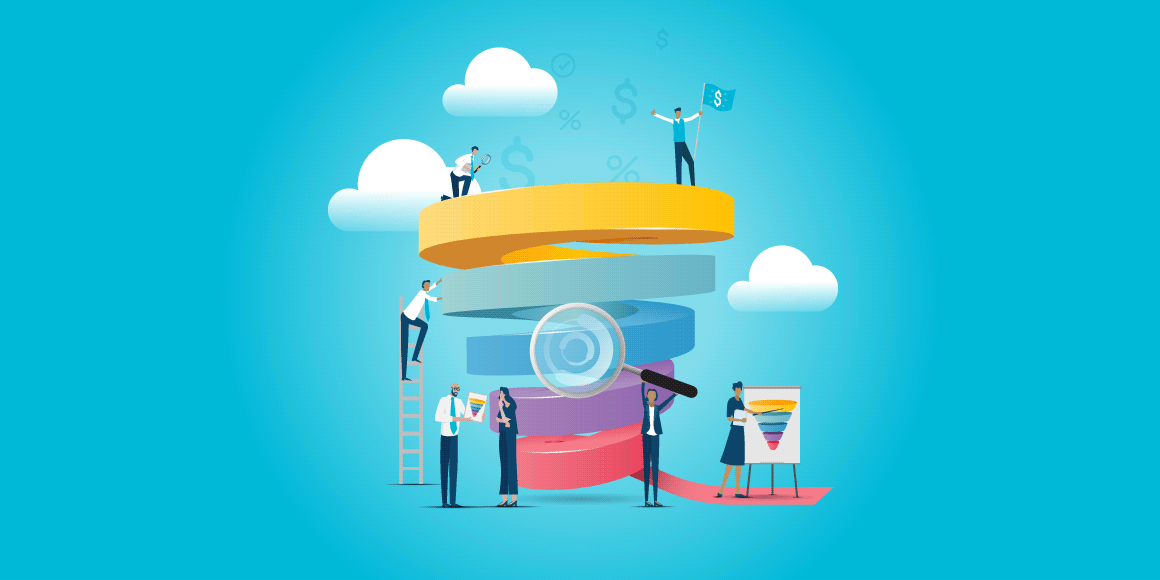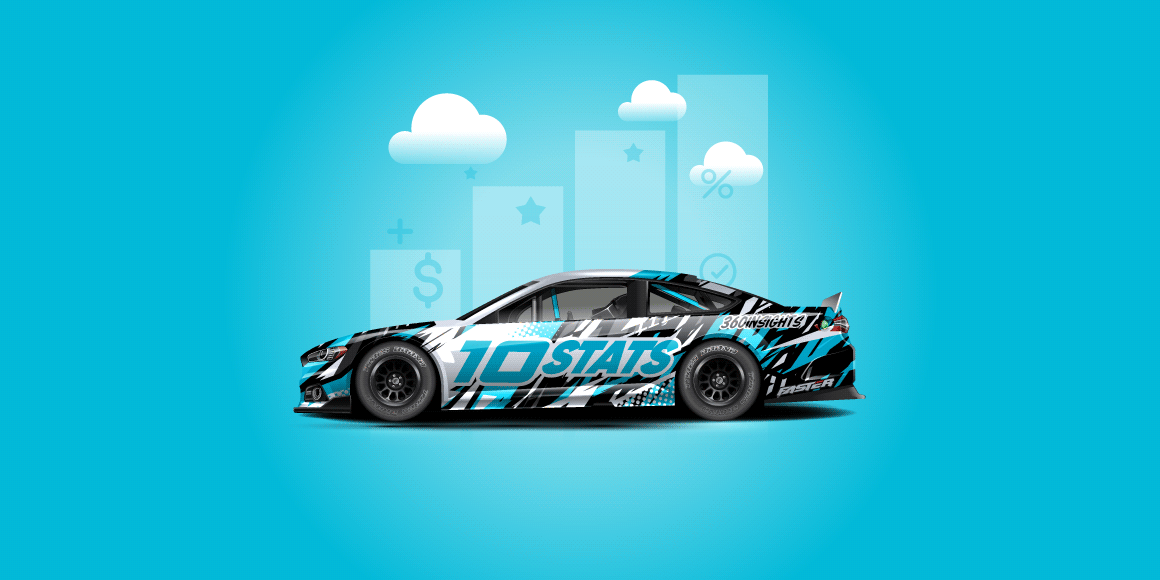Here Are the Differences.
Ground Zero
For a manufacturer that has primarily focused on a direct go-to-market approach, getting off the ground with a robust channel partner strategy can be a challenge. It’s still achievable, though, so don’t get discouraged if this is you.
You’ll be dealing with resellers who may not be familiar with your brand or which products you sell. If they’ve sold your products before, maybe it’s because of the quality or the price, not because of brand familiarity or their relationship with you.
The program you put together should reward your end customers and your new partners for participating. For example, it give them a benefit for selling or buying after or up to a number of days before enrolling in the program. It could result in earning points for submitting their invoices, receiving a rebate, or earning a chance to win a prize in a giveaway.
Marketing
Once you’ve locked in prizing and operations, your job is to really market the program.
However, your lack of current data means that the marketing budget may have to be a bit higher on the front end. There will need to be a lot of brand advertisements, co-op or MDF funds, and communications marketing through your new channel partnerships.
What this collaborative marketing strategy needs to do is push a few things: the rewards and rewards structure, the benefits of being in the program, and most importantly, the value of your brand.
We often like to say that an incentive program is the cherry on the cheesecake. It’s never going to be the only reason people continue to do business with you, but it’s what people see and get excited about.
Market the program in this way, and you’ll be swimming in end-user data. You can take a look at one of our case studies to get some deeper ideas about how to run a program that enables the gathering of customer data, here.
Well-Established
On the other hand, there are manufacturers who already have a solid partner channel in place and the technology to acquire important data. Or they already have a solid handle on customer data, but would like to increase their engagement with this audience.
This type of program should also provide rewards to the partner-level personnel for selling and the end-users for participating and buying products. But a key difference is that you might want to focus more of the program budget on the rewards rather than marketing.
This is because you won’t need to do as much training and salesmanship on your products to your channel partner audience. Here, mindshare isn’t so much the issue.
One way to lower the rewards budget, however, is to work off a ratio rewarding system. For instance, if you would like to reward contractors and installers with points for their enrollment in your program and purchases, your channel partners could receive 10-20% of the points for products claimed by their respective contractors.
Conclusion
No matter your starting point, there are different ways to go about improving data capture and the strength of your overall channel ecosystem. Whichever way you hack it, success can be found. All it takes is the know-how to implement the right methods.






